Interstellar
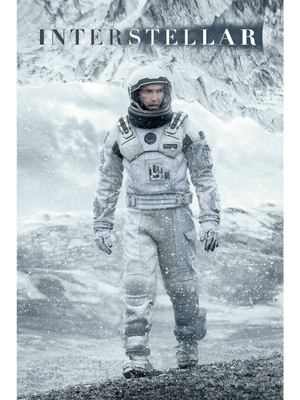
PG-13, 2014, Sci-fi/Adventure, 2h 49m
Table of Contents
What Is Interstellar About?
A team of astronauts travel through a wormhole in search of a new habitable planet to save humanity from a dying Earth.
Why You Should Watch Interstellar
Interstellar is a visually stunning and emotionally powerful film that explores some of the most fundamental questions of human existence. The movie follows the story of Cooper, a former pilot turned farmer, who is recruited by NASA to embark on a dangerous mission to find a new habitable planet for humanity. Along the way, he and his team must navigate through the complexities of space and time, as well as the emotional challenges of leaving behind loved ones and sacrificing for a greater good.
One of the most striking aspects of Interstellar is its breathtaking cinematography. The film features stunning visuals of outer space and distant galaxies, as well as the beauty and fragility of the planet Earth. Director Christopher Nolan uses a combination of practical effects and CGI to create a sense of immersion in the world of the film, and the result is nothing short of spectacular. The visuals are accompanied by a haunting and powerful score by Hans Zimmer, which adds to the film’s emotional impact.
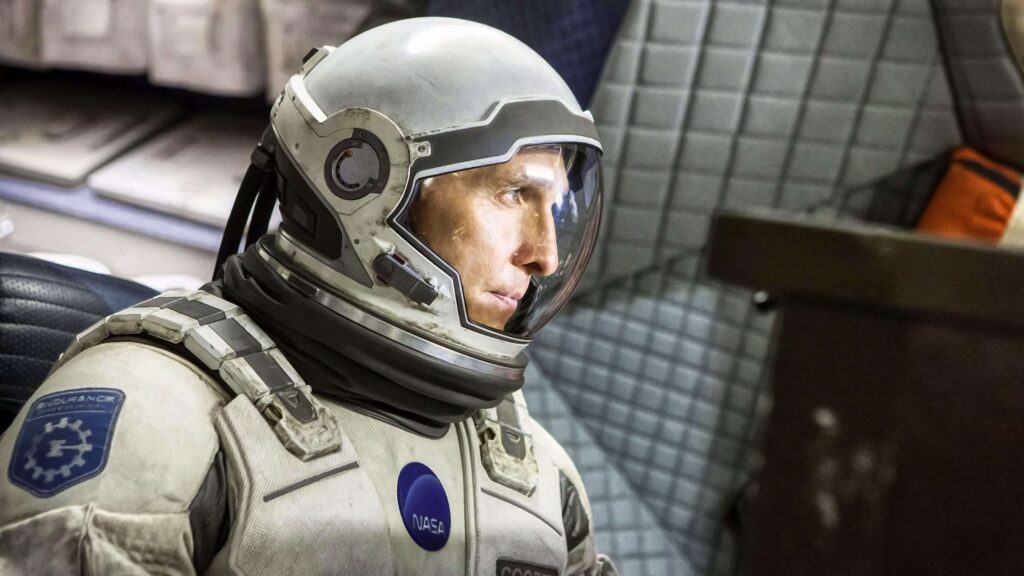
But Interstellar is more than just a beautiful film. It’s a meditation on the nature of human existence and our place in the universe. The film explores complex scientific concepts, such as relativity and the nature of time, but it also delves into more philosophical questions, such as the nature of love, the value of sacrifice, and the importance of human connection. The characters in the film are driven by a deep sense of purpose and a belief in the power of human potential, and the film celebrates the resilience and determination of the human spirit.
At its core, Interstellar is a film about the power of hope. Despite the dire circumstances faced by the characters, they never lose faith that there is a way to save humanity. This sense of hope is what drives the characters forward, and it is what ultimately saves them in the end. The film is a testament to the human capacity for perseverance and the ability to overcome seemingly insurmountable obstacles.
The performances in the film are also noteworthy, particularly that of Matthew McConaughey, who delivers a powerful and nuanced portrayal of Cooper. He is a flawed but deeply relatable character, and the emotional journey he goes through over the course of the film is nothing short of captivating. Anne Hathaway and Jessica Chastain also deliver strong performances, adding to the emotional depth of the story.
Interstellar is a must-see film for fans of science fiction and those interested in exploring some of the most fundamental questions of human existence. With its stunning visuals, powerful score, and emotionally resonant story, the film is a true masterpiece of modern cinema. Christopher Nolan has once again proven himself to be a master storyteller, and Interstellar is a testament to the power of film to inspire and move audiences.
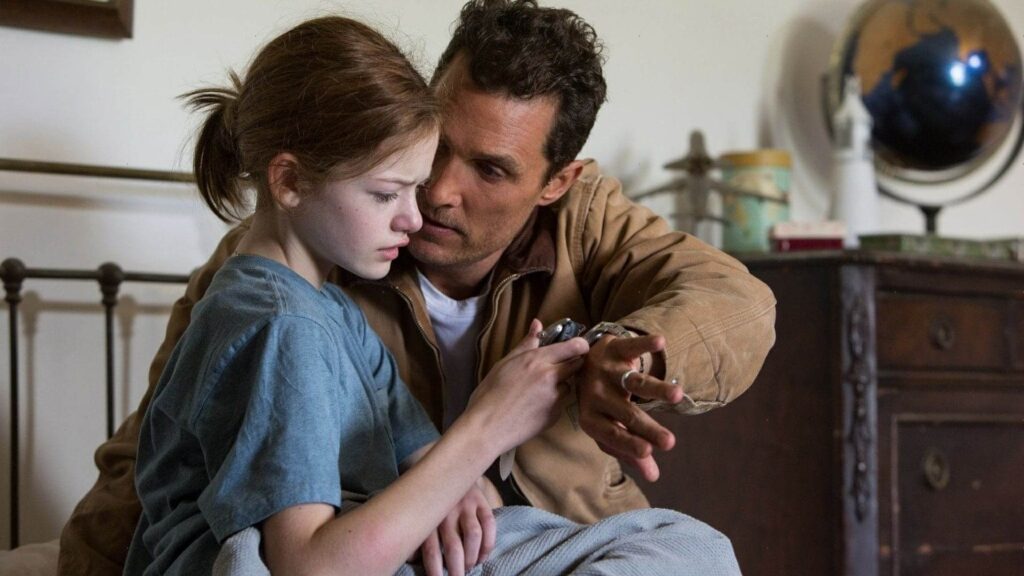
The Theme of Interstellar
One of the main themes of the film is the relationship between humanity and nature. In the film, humanity has depleted the Earth’s resources and is facing extinction. The characters are forced to leave their home planet and embark on a perilous journey through space in search of a new home. The film raises questions about humanity’s responsibility to the planet and the consequences of our actions.
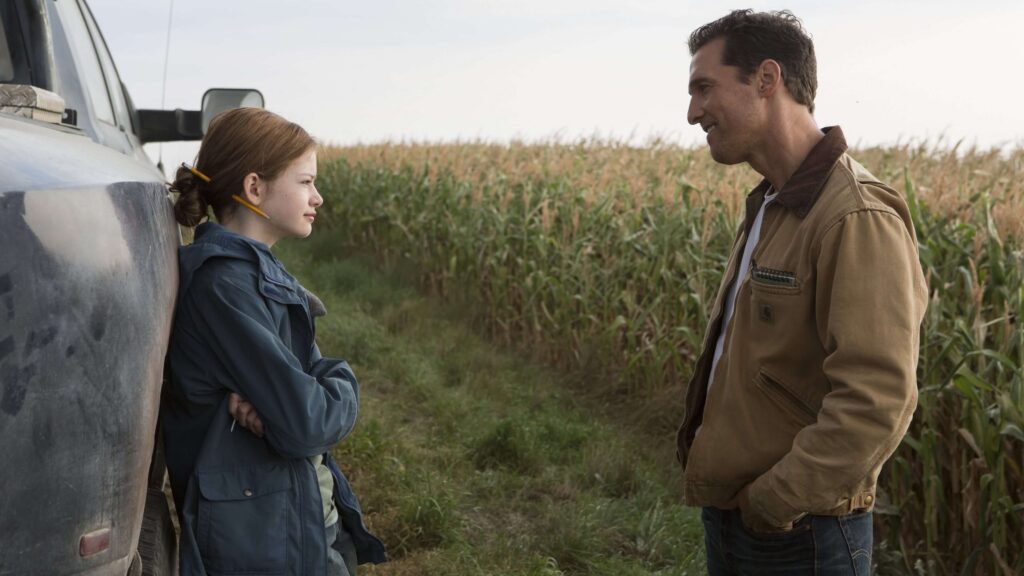
Another important theme of Interstellar is the power of love and human connection. The relationship between the main character, Cooper, and his daughter, Murph, drives much of the emotional heart of the story. The love between them transcends time and space and is a powerful force that helps them overcome seemingly insurmountable obstacles. The film also explores the idea of the interconnectedness of all things and the way that individual actions can have far-reaching consequences.
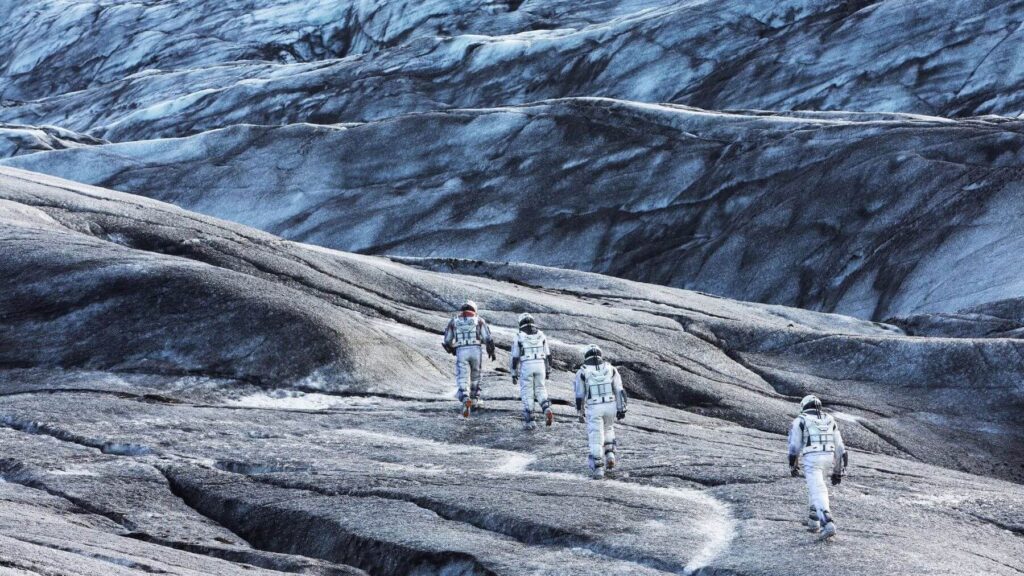
Interstellar also deals with complex scientific ideas, including relativity and the nature of time. The film grapples with the idea that time is not a fixed and unchanging concept but can be distorted and manipulated by gravity and other forces. The characters must navigate these complex scientific concepts in order to complete their mission and save humanity.
Finally, Interstellar is also a meditation on the human spirit and the power of perseverance in the face of adversity. The characters in the film face numerous challenges and setbacks, but they never give up. They continue to push forward, driven by a sense of hope and a belief that they can make a difference. The film celebrates the human capacity for endurance and the willingness to sacrifice for a greater good.
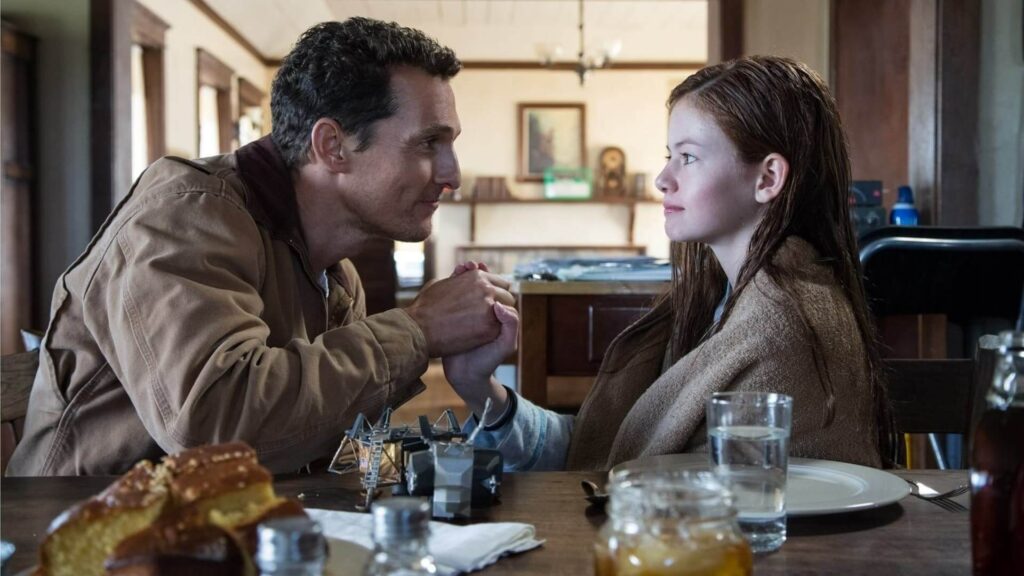
The Cinematography of Interstellar
The cinematography was shot by Hoyte van Hoytema, which is a key element of the film’s visual power and emotional impact. The movie is shot in anamorphic format, which gives it a widescreen aspect ratio and a distinctive, epic quality. The filmmakers use a mix of practical and digital effects to create stunning visuals, including real locations like Iceland’s glaciers and the deserts of California, as well as elaborate sets and special effects.
The film also features a lot of natural light and practical lighting effects, which create a sense of realism and help to ground the more fantastical elements of the story. There is also a lot of use of darkness and shadow, particularly in the space scenes, which adds to the sense of isolation and danger that the characters face.
One of the most impressive and distinctive aspects of the cinematography in Interstellar is the use of practical effects to create the sense of weightlessness in space. The filmmakers created a custom rig called the “zero-G plane,” which allowed the actors to experience simulated zero gravity and perform their scenes in a more natural and convincing way. This approach resulted in a sense of realism and immediacy that is rarely seen in science fiction films.
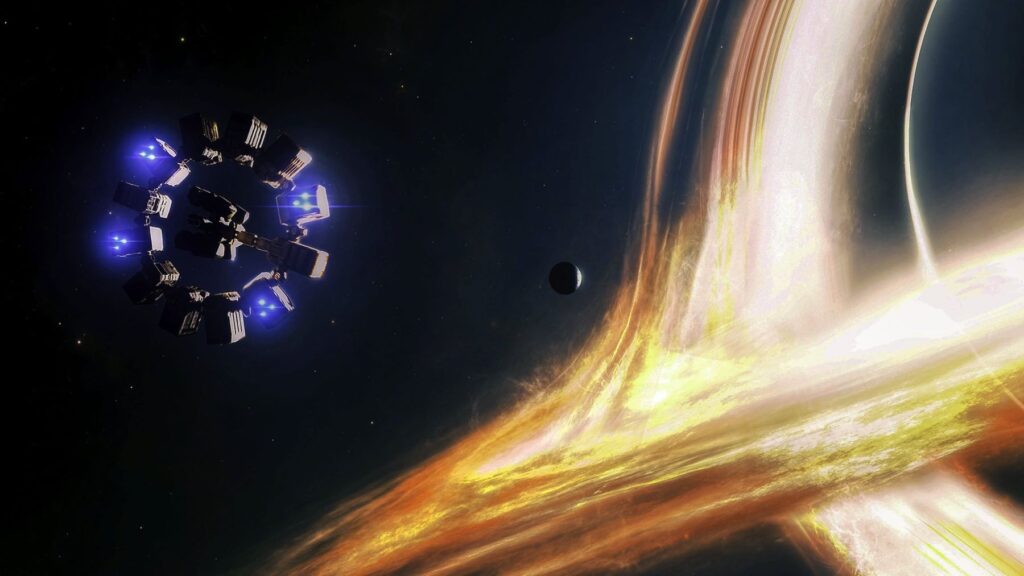
The Soundtrack of Interstellar
The soundtrack to Interstellar was composed by Hans Zimmer and features a blend of orchestral and electronic music. The score is notable for its use of the church organ, which adds a haunting and otherworldly quality to the music. The soundtrack features several standout tracks, including “Cornfield Chase,” “Mountains,” and “No Time for Caution.” The music of Interstellar is an integral part of the film’s emotional impact, helping to create a sense of wonder and awe, as well as tension and drama. The score was widely praised by critics and fans alike and was nominated for several awards, including an Academy Award for Best Original Score.
You can listen to the original motion picture soundtrack below.
The Cast of Interstellar
- Matthew McConaughey as Cooper: The protagonist of the film, a former pilot and engineer who is chosen to lead a mission to find a new home for humanity.
- Anne Hathaway as Brand: A scientist who accompanies Cooper on the mission and has a personal connection to one of the potential new worlds.
- Jessica Chastain as Murph: Cooper’s daughter, who becomes a scientist working on Earth’s last-ditch effort to save humanity.
- Mackenzie Foy as Young Murph: The younger version of Murph.
- Michael Caine as Professor Brand: A renowned physicist who is a key figure in the mission and who is also the father of Dr. Brand.
- John Lithgow as Donald: Cooper’s father-in-law and caretaker of Cooper’s children while he is on the mission.
- Casey Affleck as Tom: Cooper’s son, who becomes a farmer on Earth and has a difficult relationship with his father.
- Wes Bentley as Doyle: A member of Cooper’s team who accompanies him on the mission.
- Bill Irwin as TARS: An artificial intelligence robot who assists Cooper and his team.
- Topher Grace as Getty: A fellow scientist who works with Murph.
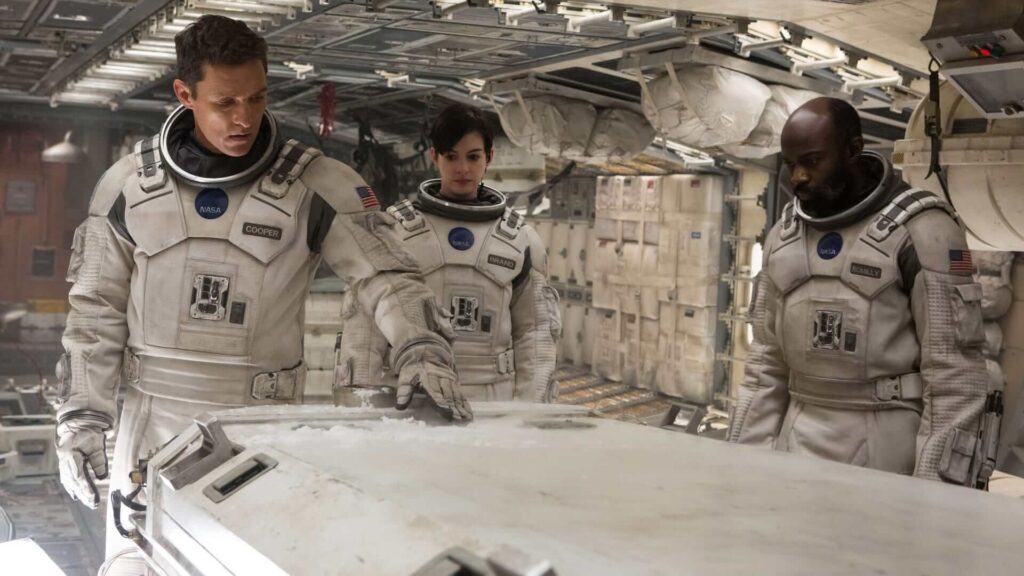
The Filmmakers of Interstellar
- Christopher Nolan – Director, Co-Writer, and Producer: Nolan is a critically acclaimed filmmaker known for his work on movies like “The Dark Knight,” “Inception,” and “Memento.”
- Jonathan Nolan – Co-Writer and Executive Producer: Jonathan is Christopher’s brother and a frequent collaborator.
- Emma Thomas – Producer: Thomas is Christopher Nolan’s wife and frequent producing partner.
- Lynda Obst – Producer: Obst is a film and television producer who has worked on movies like “Sleepless in Seattle” and “Contact.”
- Hoyte van Hoytema – Cinematographer: van Hoytema is a Dutch-Swedish cinematographer who has worked on movies like “Dunkirk” and “Her.”
- Hans Zimmer – Composer: Zimmer is a renowned film composer who has worked on movies like “The Lion King,” “Gladiator,” and “The Dark Knight.”

Elote Corn Dip

Inspiration
“He should’ve planted corn like the rest of us” – Cooper
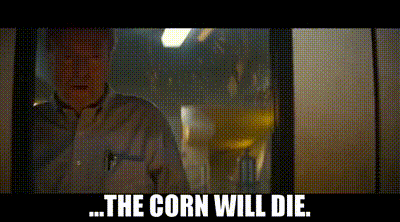
More About Interstellar
In Interstellar, Do not go gentle into that good night” is a poem that plays a significant role in the film’s story and themes. The poem is written by Welsh poet Dylan Thomas and is recited several times throughout the movie, most notably by the character Professor Brand, played by Michael Caine.
The poem is a plea to not give up in the face of death, and encourages people to fight against the dying of the light. In the context of Interstellar, the poem represents humanity’s struggle to survive and thrive in the face of extinction. It also highlights the theme of the film, which is the idea that love and connection are powerful forces that can transcend time and space.
The poem is particularly relevant to the character of Cooper, played by Matthew McConaughey, who must leave his family behind to embark on a dangerous mission into space to save humanity. Cooper is driven by the hope that his love for his family will help him to overcome the seemingly insurmountable challenges he faces on his journey.
This poem is a poignant reminder of the power of the human spirit in the face of adversity, and serves as a fitting metaphor for the struggles and triumphs depicted in Interstellar.
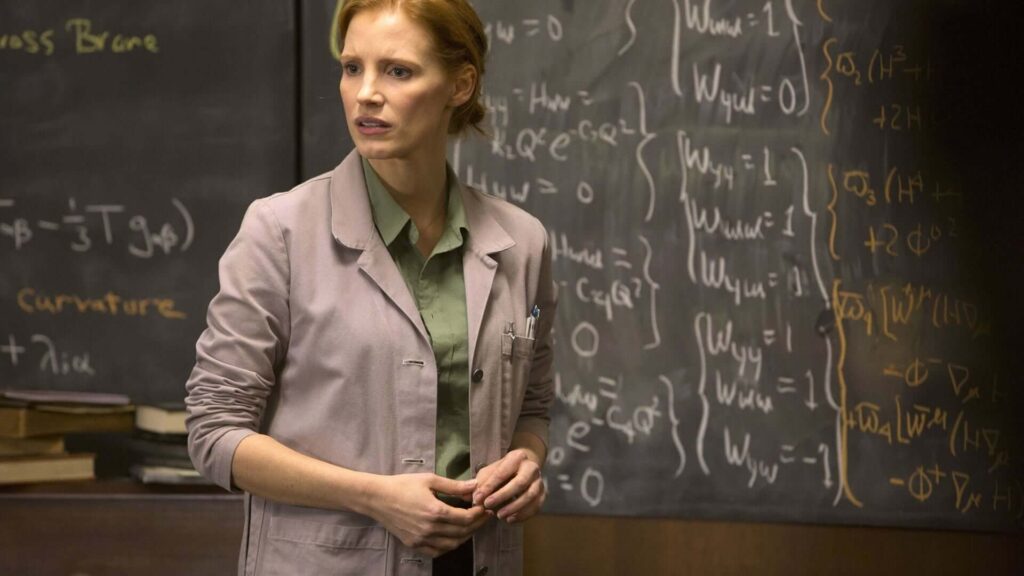
Watches, specifically wristwatches, play a crucial symbolic and narrative role in Christopher Nolan’s Interstellar.
On one level, the wristwatches symbolize the passage of time, one of the film’s central themes. This is particularly pertinent given the movie’s exploration of time dilation – the idea from relativity theory that time can move at different rates for different observers.
More specifically, the wristwatch is used as a communication device between Cooper (Matthew McConaughey) and his daughter Murph (Jessica Chastain). Before departing on his mission, Cooper gives Murph a wristwatch, promising to compare it with his own to calculate the time difference once he returns.
When Cooper finds himself in the tesseract (a multidimensional space created by future humans) within the black hole Gargantua, he uses the second hand of Murph’s wristwatch, manipulating its movements through gravity, to send a Morse code message to her. The message contains the quantum data collected from inside the black hole, which Murph uses to solve the gravity equation, enabling humanity to leave Earth.
In this context, the wristwatch symbolizes the bond between Cooper and Murph, transcending time and space. It embodies their connection and love for each other, and it’s through this bond that they manage to save humanity. The watch is a symbol of hope, love, and the possibility of transcending time’s limitations.
The use of the wristwatch as a pivotal plot device also underscores one of the film’s main messages: the idea that love, like gravity, is a force that can cross the dimensions of time and space.
Interstellar was filmed in a variety of locations, including several in the United States and Canada. Some of the most notable filming locations include:
Alberta, Canada – Many of the film’s scenes set on a distant planet were actually filmed in the rugged landscapes of southern Alberta.
Iceland – The film’s icy, otherworldly scenes were shot on location in Iceland, including scenes set on an icy planet.
California, USA – Several scenes were filmed in California, including the film’s opening sequence which features a dystopian version of the state’s Central Valley.
British Columbia, Canada – The film’s climactic scenes were filmed in the remote wilderness of British Columbia, including the scene in which the character Dr. Mann tries to hijack the mission.

